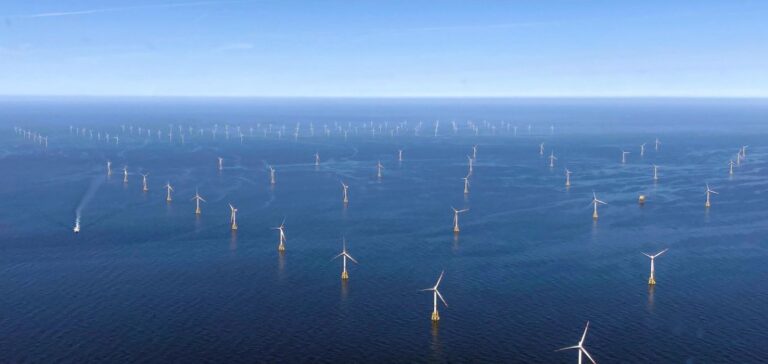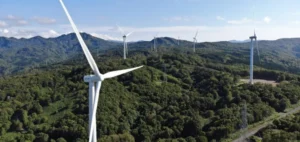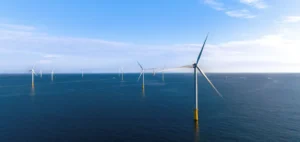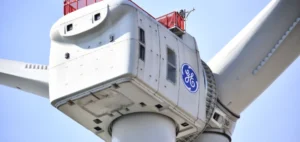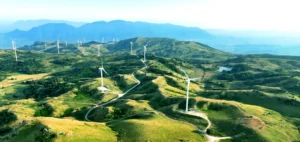French group Nexans has announced the signing of a framework agreement with Réseau de Transport d’Électricité (RTE), the operator of France’s national electricity transmission network, covering the design, manufacture and delivery of high-voltage cables for the connection of several offshore wind farms. The total contract value exceeds €1 billion, depending on the final quantities to be delivered and the subcontractors selected during upcoming project phases.
A 730-kilometre cable network
Nexans will be responsible for producing and delivering 450 kilometres of high-voltage subsea cables and 280 kilometres of high-voltage land cables. These infrastructures will be used to connect the Centre Manche 1 and 2 wind farms, along with the Oléron wind farm, to the French electricity grid. The two Centre Manche projects, located off the coast of Normandy, are expected to have respective capacities of 1 GW and 1.5 GW. Their commissioning is planned for 2031 and 2032, respectively.
A long-term market for Nexans
The final scope of the agreement will depend on confirmed delivery volumes and on the industrial partners to be selected through future tenders. According to Nexans, this engagement represents a strategic development in electrical grid infrastructure for offshore wind, as France targets an installed offshore wind capacity of 45 GW by 2050.
Christopher Guérin, Chief Executive Officer of Nexans, stated that the agreement provides an opportunity to strengthen the resilience of the electrical grid while supporting the expansion prospects of France’s offshore wind sector.


